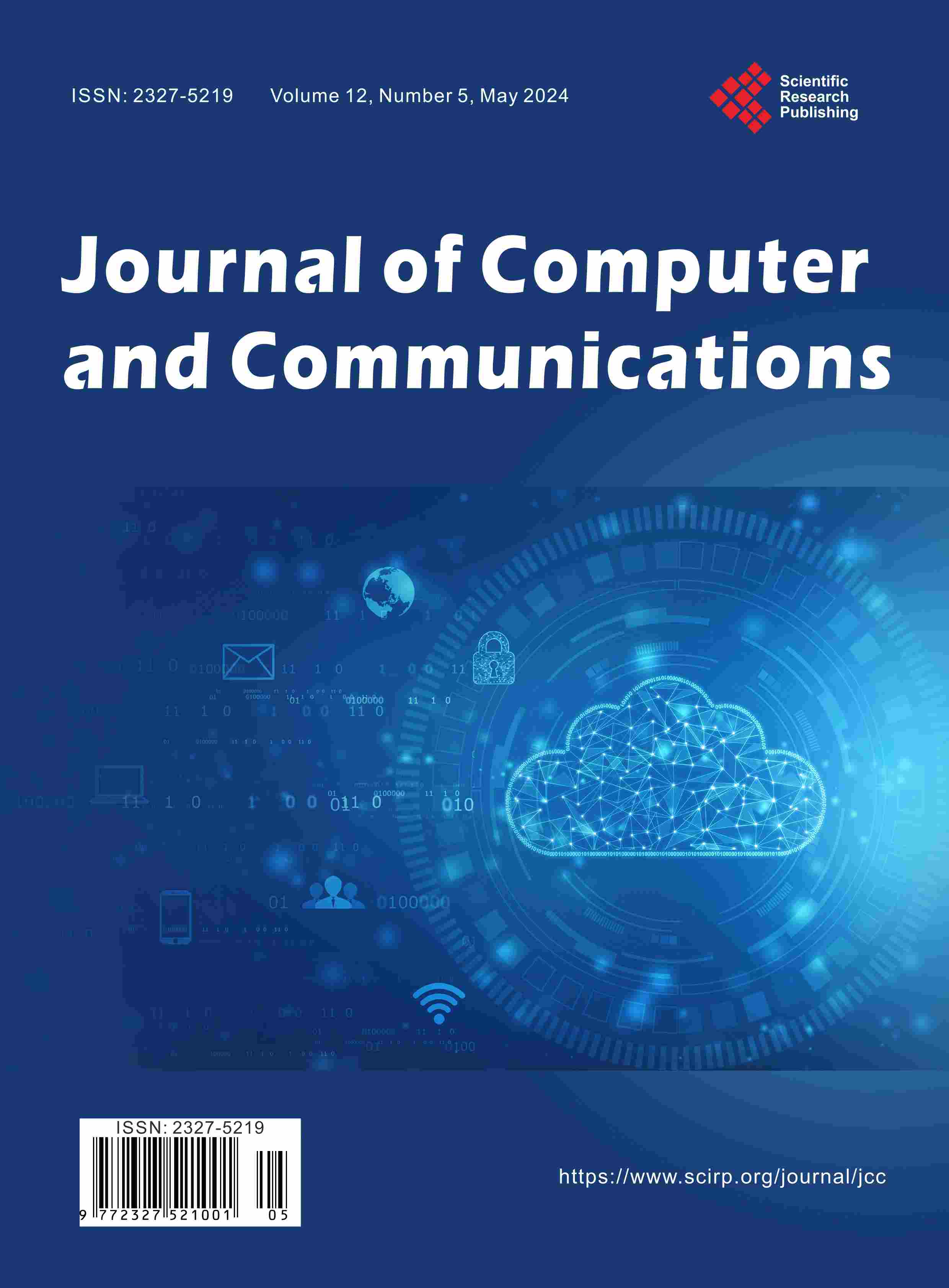doi.org/10.4236/jcc.2025.138001
Preview meta tags from the doi.org website.
Linked Hostnames
9- 12 links todoi.org
- 1 link tocreativecommons.org
- 1 link toe.weibo.com
- 1 link topapersubmission.scirp.org
- 1 link totwitter.com
- 1 link towpa.qq.com
- 1 link towww.addtoany.com
- 1 link towww.facebook.com
Thumbnail

Search Engine Appearance
Enhancements in WSN Energy Efficiency Using Machine Learning: A Comparative Analysis and Real-Time Challenges
The growing demand for energy-efficient Wireless Sensor Networks (WSNs) in applications such as IoT, environmental monitoring, and smart cities has sparked exhaustive research into practical solutions for the management of such networks. Nonetheless, the rate of energy consumption remains a significant issue in these types of networks, particularly for IoT devices. The use of clustering, duty cycling, and data condensation, which allow energy conservation in WSNs, is discussed in this paper. The focus is on the merits and drawbacks of these techniques, particularly in the case of dynamic, large networks. Also addressed are the other ML-driven methods, including reinforcement learning and its supervised and unsupervised models, which are adaptive in improving the energy consumption of WSNs. This paper also provides a review of the use of ML in WSNs through case examples that aid in showing how ML applications are beneficial in improving the operational lifetime and reliability of the network. Apart from that, it provides comparative study and performance assessment criteria, combining the results to determine how effective methods based on ML are compared to the approaches in general.
Bing
Enhancements in WSN Energy Efficiency Using Machine Learning: A Comparative Analysis and Real-Time Challenges
The growing demand for energy-efficient Wireless Sensor Networks (WSNs) in applications such as IoT, environmental monitoring, and smart cities has sparked exhaustive research into practical solutions for the management of such networks. Nonetheless, the rate of energy consumption remains a significant issue in these types of networks, particularly for IoT devices. The use of clustering, duty cycling, and data condensation, which allow energy conservation in WSNs, is discussed in this paper. The focus is on the merits and drawbacks of these techniques, particularly in the case of dynamic, large networks. Also addressed are the other ML-driven methods, including reinforcement learning and its supervised and unsupervised models, which are adaptive in improving the energy consumption of WSNs. This paper also provides a review of the use of ML in WSNs through case examples that aid in showing how ML applications are beneficial in improving the operational lifetime and reliability of the network. Apart from that, it provides comparative study and performance assessment criteria, combining the results to determine how effective methods based on ML are compared to the approaches in general.
DuckDuckGo
Enhancements in WSN Energy Efficiency Using Machine Learning: A Comparative Analysis and Real-Time Challenges
The growing demand for energy-efficient Wireless Sensor Networks (WSNs) in applications such as IoT, environmental monitoring, and smart cities has sparked exhaustive research into practical solutions for the management of such networks. Nonetheless, the rate of energy consumption remains a significant issue in these types of networks, particularly for IoT devices. The use of clustering, duty cycling, and data condensation, which allow energy conservation in WSNs, is discussed in this paper. The focus is on the merits and drawbacks of these techniques, particularly in the case of dynamic, large networks. Also addressed are the other ML-driven methods, including reinforcement learning and its supervised and unsupervised models, which are adaptive in improving the energy consumption of WSNs. This paper also provides a review of the use of ML in WSNs through case examples that aid in showing how ML applications are beneficial in improving the operational lifetime and reliability of the network. Apart from that, it provides comparative study and performance assessment criteria, combining the results to determine how effective methods based on ML are compared to the approaches in general.
General Meta Tags
66- titleEnhancements in WSN Energy Efficiency Using Machine Learning: A Comparative Analysis and Real-Time Challenges
- charsetutf-8
- X-UA-CompatibleIE=edge
- viewportwidth=device-width, initial-scale=1.0, maximum-scale=1.0, user-scalable=no
- Content-Typetext/html; charset=utf-8
Open Graph Meta Tags
6- og:site_nameSCIRP
- og:typearticle
- og:urlhttps://www.scirp.org/journal/paperinformation?paperid=144557
- og:titleEnhancements in WSN Energy Efficiency Using Machine Learning A Comparative Analysis and Real-Time Challenges
- og:imagehttps://file.scirp.org/image/JCC2024061816525248.jpg
Link Tags
12- alternate//www.scirp.org/pdf/jcc_1733242.pdf
- alternate//www.scirp.org/journal/paperinformation?paperid=144557
- alternate//www.scirp.org/xml/144557.xml
- canonicalhttps://www.scirp.org/journal/paperinformation?paperid=144557
- shortcut icon//www.scirp.org/favicon.ico
Emails
1Links
20- http://creativecommons.org/licenses/by/4.0
- http://e.weibo.com/scirp
- http://wpa.qq.com/msgrd?v=3&uin=1655362766&site=qq&menu=yes
- https://doi.org//papersubmission.scirp.org
- https://doi.org//papersubmission.scirp.org/login.jsp?sub=true